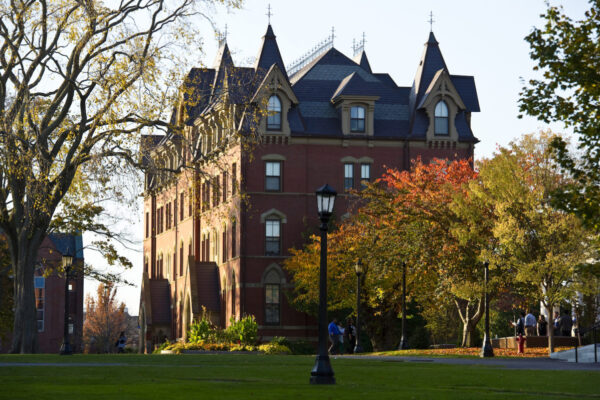Education Department Outlines Strategies for Promoting Diversity and Inclusion in Higher Education
Title: Strategies for Increasing Diversity and Opportunity in Higher Education
Source: U.S. Department of Education, Office of the Under Secretary
The U.S. Department of Education las month released a report that spotlights promising, evidence-based approaches that institutions can adopt to achieve the objective of increasing socioeconomic and racial diversity in colleges and universities while staying true to their missions.
Key findings from Strategies for Enhancing Diversity and Expanding Opportunities in Higher Education include:
Recruitment: To encourage applications from underserved students, institutions can consider:
- Investing in targeted outreach and K-12 pathways programs such as college access programs, dual enrollment, early college programs, and summer programs in communities with high proportions of low-income students and students of color.
- Collaborating with K-12 college counselors, college access groups, and community-based organizations to expand college advising services, thereby increasing college enrollment and completion rates.
- Admitting more transfer students by transfer pathways, common course numbering, transferable core courses, and guaranteed associate degrees for transfer students. This could be achieved by collaborating with community colleges and other institutions that are more likely to enroll underserved students.
Admissions: In the admissions process, universities can emphasize student adversity, resilience, and inspiration by:
- Employing effective holistic review practices to evaluate applicants based on their lived experiences and contributions to the campus. This should encompass various factors, including academic (e.g., GPA, class rank, rigor of high school coursework, and standardized test scores in the context of the high school and neighborhood of an applicant) and non-academic (e.g., extracurricular activities, caregiving, and after-school work) achievements, as well as additional race-neutral background information (e.g., family income and wealth and personal experience of hardship or discrimination).
- Reassessing admissions practices such as legacy admissions, entrance exams, and early acceptance programs that may hinder socioeconomic and racial diversity. Exploring alternative admissions approaches, like direct admissions and top percent plans, can be beneficial.
Financial aid: To enhance affordability for students, institutions can consider:
- Investing in more need-based aid to students.
- Implementing college promise programs or tuition-free programs.
- Advocating for more direct state funding to institutions, particularly community colleges and public regional colleges.
- Ensuring transparency and predictability throughout the financial aid life cycle, from recruitment to graduation.
Completion and campus climate: To cultivate a more supportive environment and provide material support to students, institutions can consider:
- Developing comprehensive support programs and employing data-driven retention and completion strategies to identify and assist students at risk.
- Providing support to students to ensure basic needs are met, including offering emergency aid for unexpected expenses.
- Increasing students’ sense of belonging by creating welcoming and supportive campuses with affinity groups; diversity, equity, and inclusion programming; and shared, accessible spaces.
To read the full report, click here.
—Nguyen DH Nguyen
If you have any questions or comments about this blog post, please contact us.


